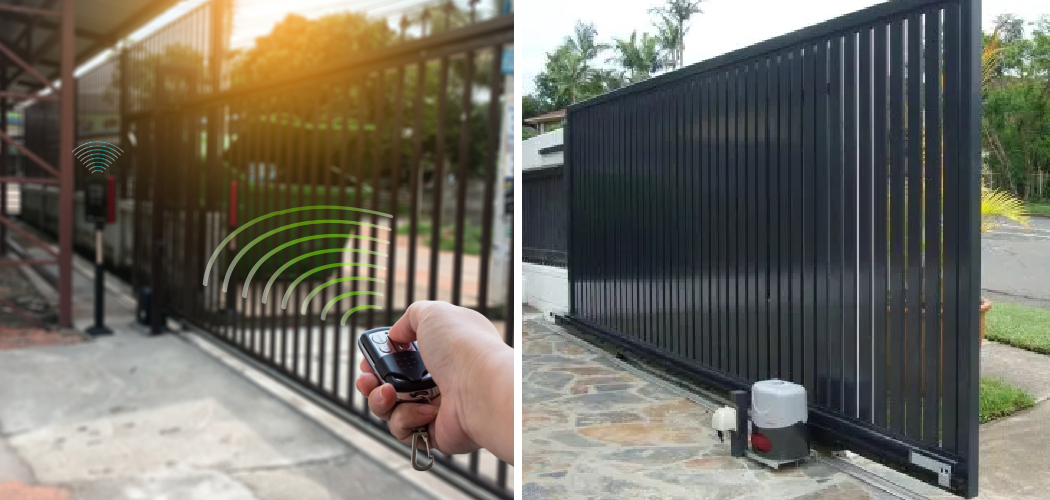Are you looking to open gates with the touch of a button? Do you want an easy and efficient way to get into and out of areas without having to manually open each gate yourself? Well, look no further! Gate sensors are exactly what you need.
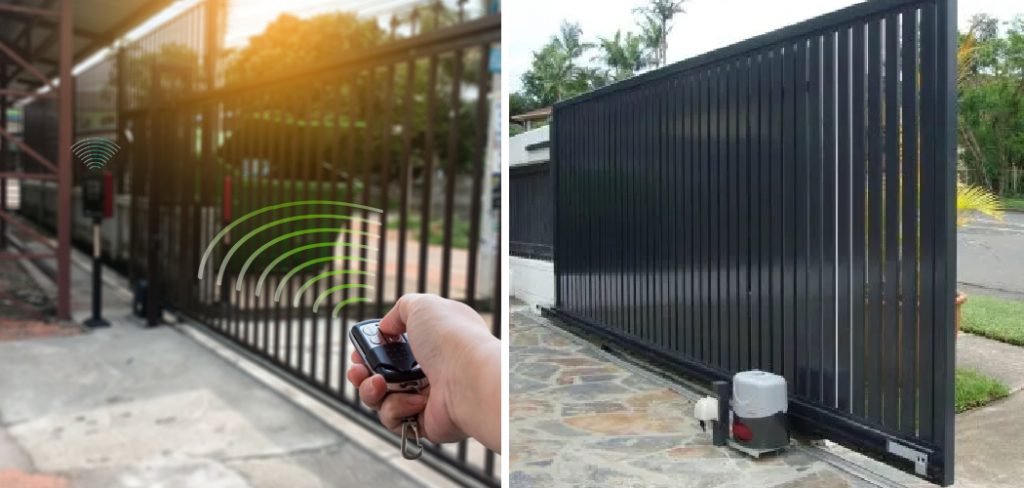
By using a combination of electronics, magnetic fields, and electromagnetism, it is possible for your gate sensors to detect when someone or something approaches the sensor’s triggering threshold. This allows for quick access in and out of areas quickly, securely, and conveniently.
In this blog post, we will explore how to trigger gate sensors so you can maximize your control over entryways while also improving security at all times.
Step-by-Step Guidelines on How to Trigger Gate Sensors
Step 1: Placement of the Sensor
The location of your gate sensor is important. You will want to place it in an area where it can easily detect someone passing through without creating too many false positives. It is also important to note that the placement should be far enough away from the gate itself so that when the gate opens, it won’t interfere with the sensor’s detection capabilities. ’
Step 2: Connecting the Sensor to a Power Source
Once you have found an appropriate location for your gate sensor, it is time to provide it with power. This can be done by connecting it to an external power source or via batteries. Ensure that the battery life of your gate sensor is adequate for your needs and that the power supply is stable. Carefully follow the instructions provided with your gate sensor to ensure proper installation.
Step 3: Programming Your Gate Sensor
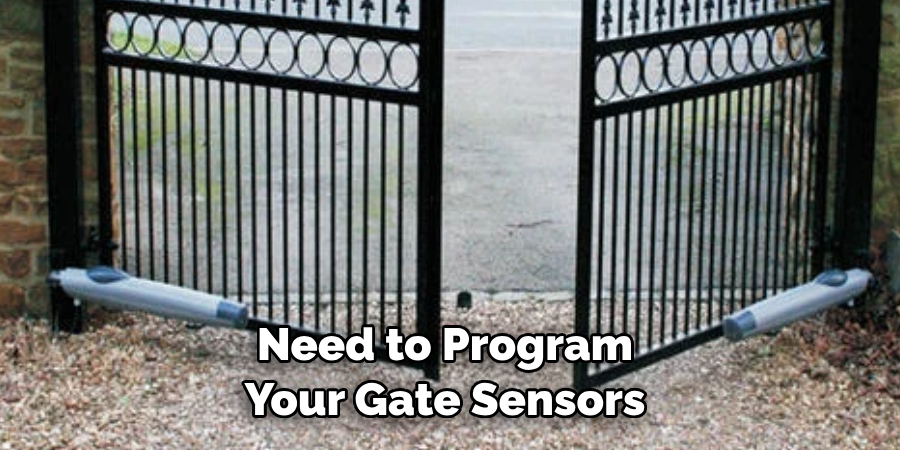
You’ll need to program your gate sensors in order for them to work properly. The programming process will vary depending on the model of gate sensor you are using, so be sure to follow the manufacturer’s instructions carefully. Generally, gate sensors are programmed to detect when something passes through the triggering area and to open or close a gate accordingly.
Step 4: Testing Your Gate Sensor
Once you have your gate sensor installed, it is time for the final step: testing. Make sure that the gate responds properly when something passes over the triggering area by manually passing over it yourself or asking someone else to do it. If the gate opens or closes appropriately, then you know your gate sensor is working properly.
Now that you understand how to trigger gate sensors, you can make sure that access points are as secure and efficient as possible. With this knowledge in hand, you should be able to maximize control over entryways while also ensuring a high level of security at all times.
Additional Tips and Tricks to Trigger Gate Sensor
1. Check that the gate is properly connected to its power source. Make sure all wiring connections are secure and tight, as any loose connections could prevent the gate from being triggered.

2. If your gate sensor is not receiving power or if it is not responding when manually opened, check to ensure that there are no broken wires in the wiring leading up to the gate sensor.
3. Ensure that your gate is free of dirt, debris, and other obstructions that can interfere with the sensor’s ability to detect movement. This includes checking that there are no leaves, branches, or other objects blocking the path of the sensor beam.
4. If you’re using a motion-activated gate sensor, such as an infrared detector, make sure it is correctly calibrated and set up so that it will detect movement within its designated range.
5. If your gate sensor does not seem to be responding, try increasing the sensitivity of the sensor by adjusting its settings in the control panel or programming device. This may help the sensor detect even subtle movements more accurately.
6. If you are using a radio-controlled gate sensor, make sure the remote control has batteries with enough power to activate the gate.
7. If you are using a keypad or access code to trigger your gate, check that you have entered the correct code and that the system is working properly.
8. Make sure the gate sensors are in good condition and functioning correctly by testing them regularly. This will help you identify any issues before they become a problem.
9. If you are using a wireless gate sensor, make sure the signal is strong enough to reach the gate and that it is not being blocked by anything in its path.
10. If all else fails, contact your manufacturer for advice on troubleshooting your gate’s sensors or replacing them if necessary.
Following these tips and tricks should help you ensure that your gate sensors are working properly and triggering the gate as intended.
Things You Should Consider to Trigger Gate Sensor
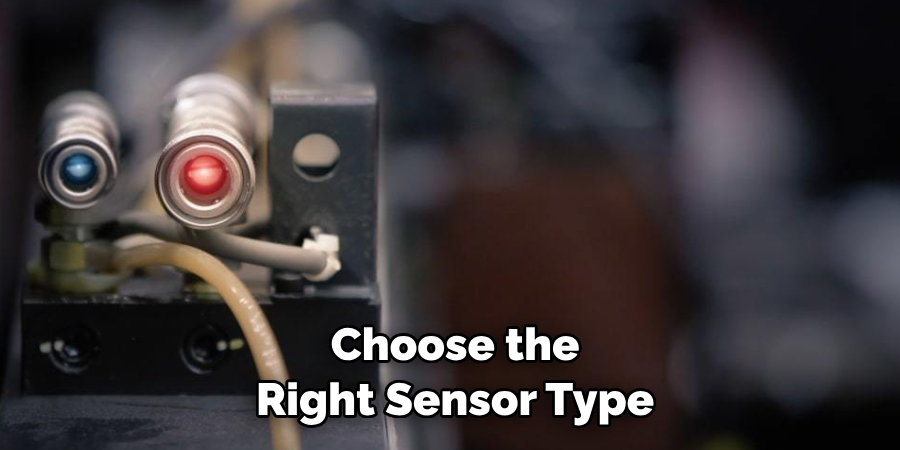
1. Choose the right sensor type. Depending on your needs, you have a choice of two types of gate sensors: infrared or microwave. Selecting the right one for your application is essential to ensuring that it will work correctly and efficiently when triggered.
2. Position the sensor correctly. Proper placement is key to getting the most out of your gate sensor. Make sure you take into account the size of objects you want it to detect as well as the desired range of detection.
3. Set the right sensitivity level. Different sensor models offer varying levels of sensitivity that can be adjusted for your specific needs. For instance, some sensors allow you to adjust their range and others will allow you to adjust aggressiveness so they only detect objects within a certain size or speed range.
4. Test it periodically. To make sure your gate sensor is functioning properly, test it regularly and adjust the sensitivity if necessary. This will help to ensure that it’s always ready to go when you need it.
5. Keep the area around the sensor clear and clean. Any debris or objects near or in front of the sensor can interfere with its operation. It’s important to keep the surrounding area free of clutter and debris.
6. Ensure that the power supply is reliable. Gate sensors need a steady source of power in order to work properly. If you’re using batteries, make sure they are fresh and if you’re using an external power supply, make sure there aren’t any fluctuations that could affect performance.
7. Maintain the sensor regularly. Regular maintenance will help to ensure that your gate sensor is always working properly and efficiently. This includes cleaning the sensor, checking for any damage or loose parts, and making sure all connections are secure.
8. Choose the right transmitter type for your application. Not all transmitters are compatible with all sensors; it’s important to select one that is specifically designed for your sensor and application.
9. Make sure the transmitter and receiver are synchronized. To get the most out of your gate sensor, it’s important to make sure that the transmitter and receiver are correctly synced with each other. This will ensure consistent detections from both devices.
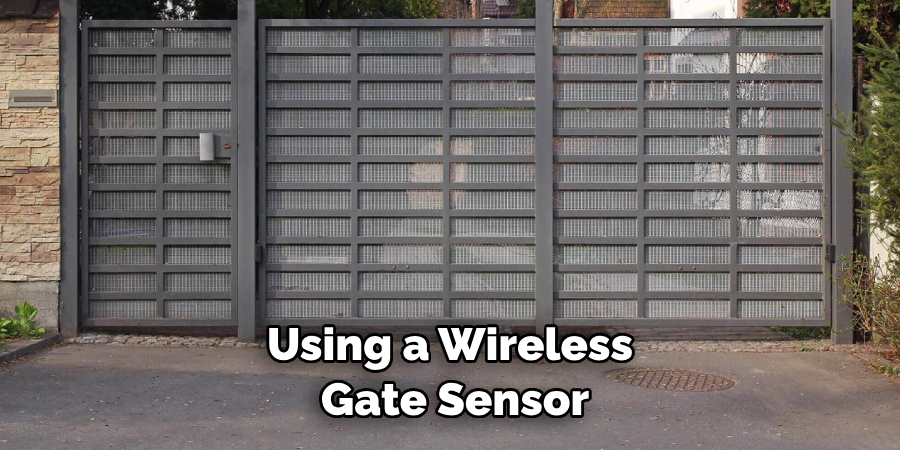
10. Consider wireless options if needed. If you need a more flexible setup, consider using a wireless gate sensor. These devices offer greater flexibility in terms of installation and can be used in areas where running wires isn’t an option.
Following these considerations will help to ensure that your gate sensor is working correctly and efficiently. With the right setup, you’ll be able to get the most out of your gate sensor and make sure it’s always ready when you need it.
Frequently Asked Questions
What Are Gate Sensors?
Gate sensors are electronic devices that detect when something passes through a doorway or gateway, such as a driveway, entryway, or garage. When something passes through the gate’s sensor beams, it triggers an alarm or other response. Gate sensors are used to provide enhanced security and access control in residential and commercial settings.
How Do I Trigger a Gate Sensor?
You can trigger a gate sensor by simply walking through the doorway or gateway that is being monitored by the sensor. When you walk through the gate’s sensor beams, it will trigger an alarm or other response. Depending on the type of sensor and how it is set up, triggering a gate sensor may also require entering a code or waving a keycard.
What Are Some Benefits of Gate Sensors?
Gate sensors provide enhanced security and access control capabilities to residential and commercial settings. They can be used to detect intruders, restrict access to certain areas, or also as a tool for monitoring movement in and out of a facility. Gate sensors are also relatively affordable and easy to install, making them an attractive solution for both homeowners and businesses alike.
Are There Any Drawbacks To Using Gate Sensors?
Yes, gate sensors may have a few drawbacks. They can be susceptible to false alarms or triggering due to environmental conditions, such as wind or rain. Additionally, gate sensors require regular maintenance and occasional calibration in order to ensure optimum performance. Finally, they may not be able to detect very small objects passing through the doorway or gateway they are monitoring.
Conclusion
Now you know how to trigger gate sensors and the benefits and drawbacks associated with using them. Gate sensors are a great way to provide enhanced security and access control for residential and commercial settings, but they can be susceptible to false alarms or triggering due to environmental conditions.
Additionally, gate sensors require regular maintenance and occasional calibration in order to ensure optimum performance. With proper use and maintenance, gate sensors can help increase the level of security and access control in any setting.

